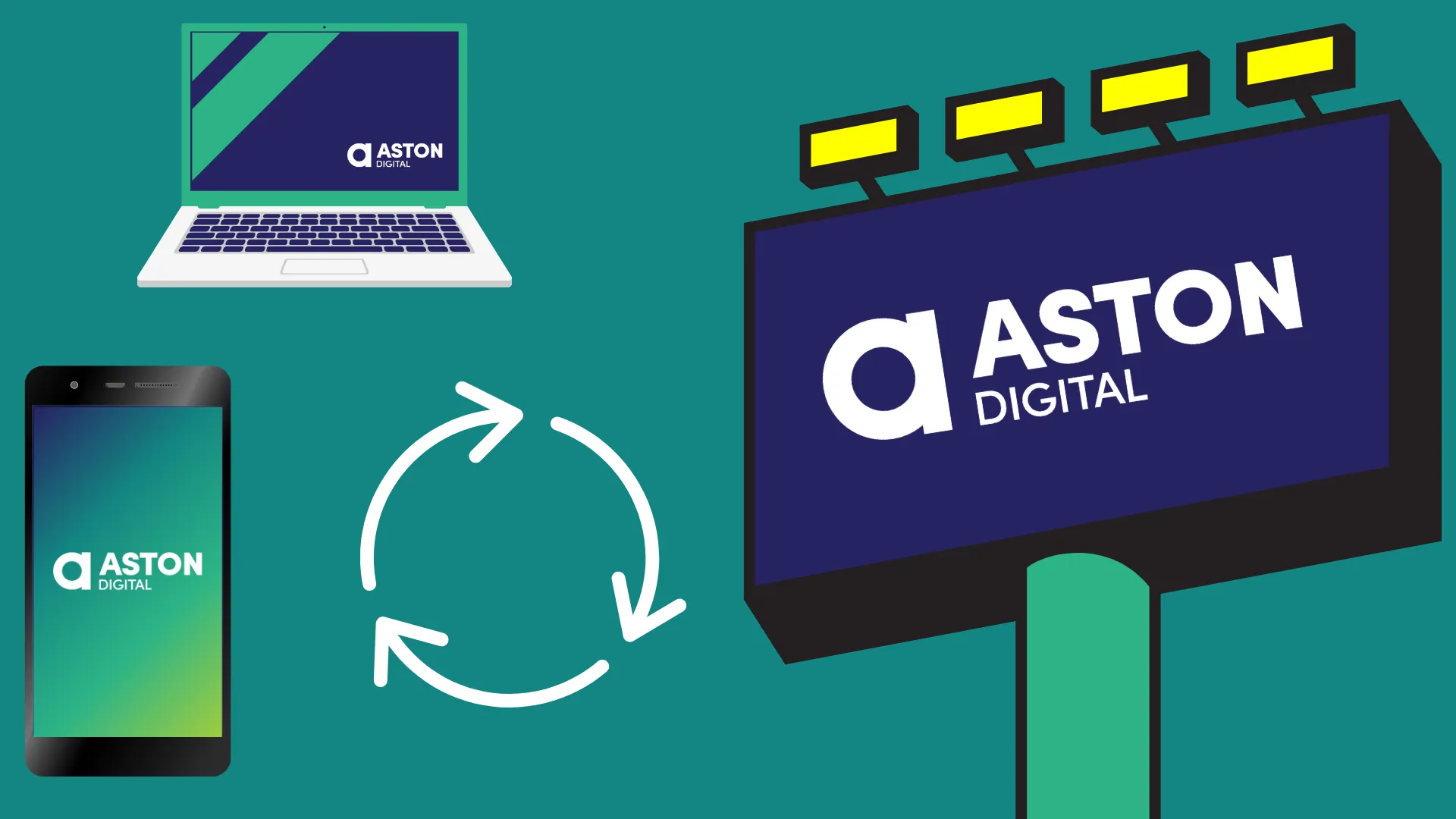Choosing an article photo is only half the battle in creating good content. The photo must have specific requirements. The social media manager or whoever is handling the posting should know that they cannot just choose any photo that comes out of a search.
Considering this, it is important to review the things that a person must keep in mind when handling social media optimization. This article aims to provide information and tips on how to choose the right article photo.
Photo Requirements
Social media management is more than just about what the client sees. It is about a specific set of rules that one must keep in mind to provide the audience with the right content every single time.
There are three specific photo requirements that people need to know about, they are:
- The photo must be paid or royalty free. There are rules on intellectual property that social media managers should comply with. The requirements of consent and ownership are very specific. Lawsuits have been pursued because photos have been used by others without permission. Hence, it is important to use three kinds of images:
- Paid photos – the syndication is based on how you use the photos
- Stock Photos – these are royalty-free photos and people call this common use
- Your Own Photos – in order to prevent any kind of issue in the future, a business owner is 100% sure that the photo does not belong to anyone else by creating their own photos and posting them on your website.
- The photo must be specific to your brand. Your brand colors and your brand persona are two main aspects of your social media strategy that you need to include when posting anything – both on your website and on your social media accounts.
- The photo must have the right dimensions depending on the social media platform. Nothing is worse than pixilated photos because the photo does not have the right dimensions for a specific social media platform. So getting the right dimensions is priority number one.
Tips in Choosing the Right Article Photo
When choosing the right article photo, always take note of the following tips.
- Choose high-quality photos. High-resolution photos should be your number one priority. Quality above everything else – this is the motto of all successful businesses both online and offline.
- Choose actionable images that you can edit and add with other images. Photo editors and graphic designers know that the best images are those that you can edit to make your own. Actionable images capture your brand in the best possible way so they should also be in your articles.
- Power photos can be created and edited. Your photos must make an impact on the audience as much as possible. Since you are posting your articles not only on your website but also on your social media accounts, your photos should be powerful enough to captivate the audience.
- Uniqueness should be specific to your brand. Unique photos stand out and draw attention. Remember this and choose photos that are unique and have an impact!
- There must be the place for text. Use texts that are specific to whatever you are trying to do. Are you trying to sell? Are you trying to share information? Or are you just trying to post for the sake of posting? If you know your goal then you know the kind of texts to place on your social media images.
- Evoke emotions in your photos. Are your photos fun? Are your photos sad? Are your photos trying to elicit a specific emotion? Make sure your photos evoke emotional responses so that your business is properly shared with the world.
- Choose color grading based on your website and brand. Specific color requirements and complying with them are important so you have the right branding in your photos.
Final Tip
Always keep in mind that the best social media strategy is to keep up with branding and the personality that the business wants to display. The only way that you can keep up with the market demand is for the audience to know who you are and what you sell. Choosing the right article photo is only one of the many things that a good social media optimization plan needs. Always read Aston Social articles so you can be more updated in the latest trends that you should follow.

Google has started rolling out its brand-new AI Mode in countries like the United States, India, Canada and even New Zealand - but not yet in Australia. [...]

For years, Search Engine Optimisation (SEO) was the golden rule of digital marketing. Optimise keywords. Earn backlinks. Climb the rankings. But the way people find answers is [...]

A billion searches were made on ChatGPT last week alone. Now, OpenAI is turning those queries into a powerful new retail experience. ChatGPT recently launched its AI [...]

Google’s AI Overviews are reshaping search by pulling answers from the places people are actually talking: Reddit, YouTube, Quora and other community-driven platforms. According to new data [...]

Google has started rolling out its brand-new AI Mode in countries like the United States, India, Canada and even New Zealand - but not yet in Australia. [...]

For years, Search Engine Optimisation (SEO) was the golden rule of digital marketing. Optimise keywords. Earn backlinks. Climb the rankings. But the way people find answers is [...]

When you see a paid ad, nine times out of ten, you're probably not clicking on it. Instead, you'll likely hop over to Google, search the brand [...]

In digital advertising, audience targeting has always been both an art and a science. But what if the science just got smarter - a lot smarter? We’ve [...]

With attention spans getting shorter and competition fiercer, brands are constantly searching for that magic formula to stand out. But the answer isn’t always a bold campaign [...]

A billion searches were made on ChatGPT last week alone. Now, OpenAI is turning those queries into a powerful new retail experience. ChatGPT recently launched its AI [...]

Google’s AI Overviews are reshaping search by pulling answers from the places people are actually talking: Reddit, YouTube, Quora and other community-driven platforms. According to new data [...]

We recently posted a simple promotion on a client’s social media account. It was about a niche product - nothing flashy, not designed to go viral, just [...]

Starting July 10, 2025, public posts from professional Instagram accounts will start appearing in Google search results. That means your photos, Reels and videos could soon show [...]

One of the most common concerns we hear from clients is: “I feel like we’re repeating ourselves too much.” They worry that saying the same message more [...]

